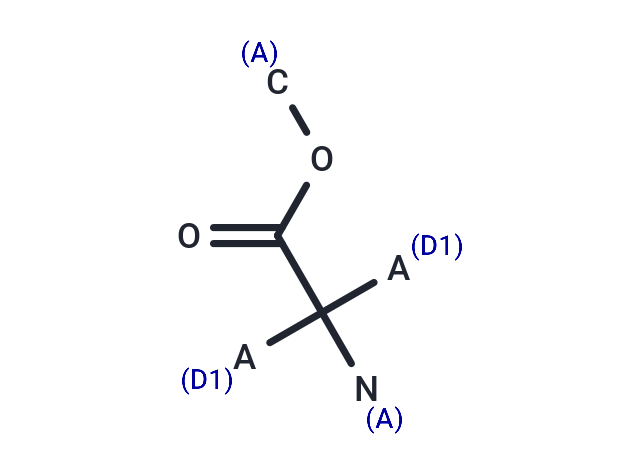Shopping Cart
- Remove All
 Your shopping cart is currently empty
Your shopping cart is currently empty

Methyl glycinate-d2 is a deuterated compound of Methyl glycinate. Methyl glycinate has a CAS number of 616-34-2.

| Pack Size | Price | Availability | Quantity |
|---|---|---|---|
| 1 mg | Inquiry | 7-10 days | |
| 5 mg | Inquiry | 7-10 days |
| Description | Methyl glycinate-d2 is a deuterated compound of Methyl glycinate. Methyl glycinate has a CAS number of 616-34-2. |
| Molecular Weight | 91.11 |
| Formula | C3D2H5NO2 |
| Storage | Powder: -20°C for 3 years | In solvent: -80°C for 1 year | Shipping with blue ice. |

Copyright © 2015-2025 TargetMol Chemicals Inc. All Rights Reserved.